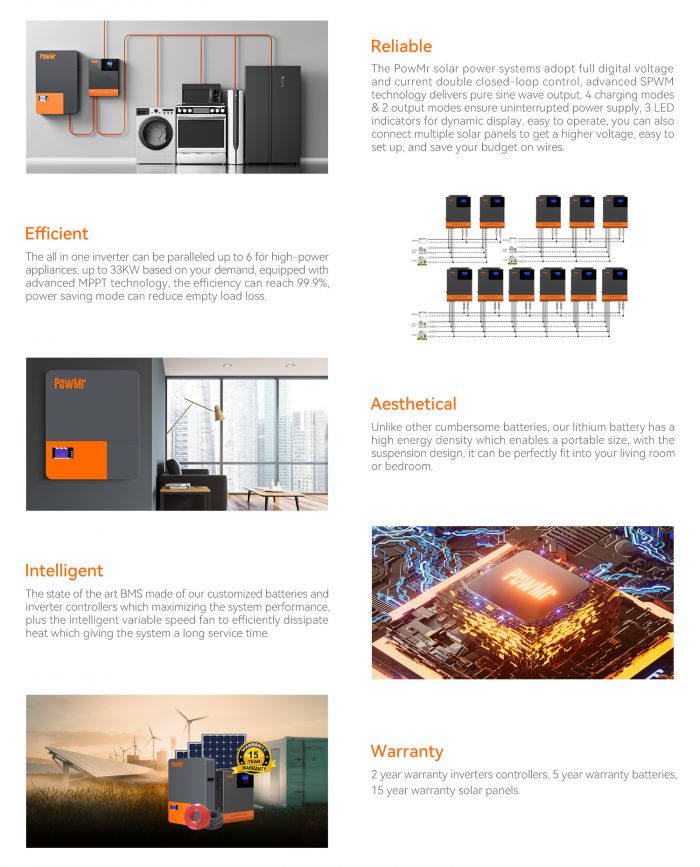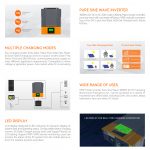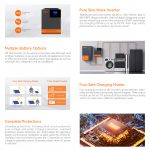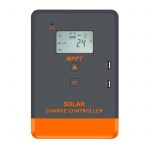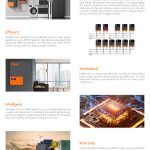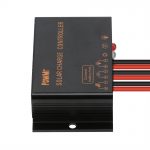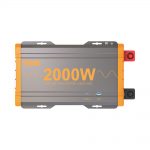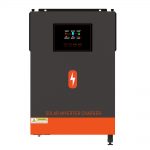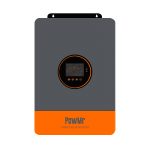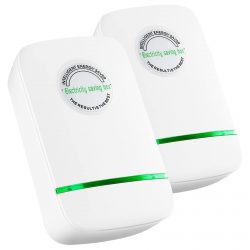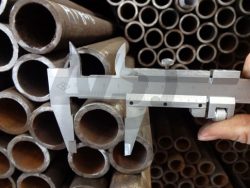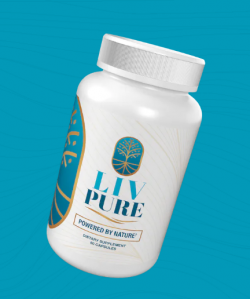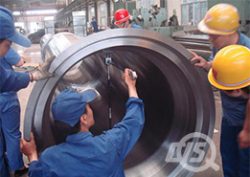The inverter will not exceed its surge rating at maximum surge
But what are they and what do they do? Read on to learn why you need one to power your gadgets on the go. Interestingly, power inverter are now also becoming more commonly used in home air conditioning units. The use of this technology is expanding. In theory, using an MPPT charge controller in a solar power system will increase efficiency by 50% over conventional methods. However, according to powmr tests, the final efficiency can be increased by 20% – 30% due to environmental factors and energy losses. It is easy to install and maintenance free. There is no need to add water during the entire life cycle of these batteries. Finally, these batteries provide a fairly consistent backup power source throughout their service life.
PWM Solar Charge Controller Technology. Today, solar energy systems are becoming more popular than ever as more and more residential, commercial and even industrial industries are using solar energy. As a result, the technology for solar PV cell charge controllers has evolved over the years. The most innovative technology is PWM charging, which has become very popular. Now, add another 20%. Your power inverter should be closer to the value you get. Nevertheless, the size of the inverter is difficult to understand. First, inverters have two ratings: continuous rating and peak rating. Peak is the amount of power your device needs to start working. On the other hand, “continuous” is the amount of power your electronics need to keep running. We spoke with a representative from Crusader Vans who knew a lot about the subject and they said, “The size you choose depends on the wattage or amperage you want to run (by referring to the spec plate on the appliance or tool).
We recommend that you purchase a larger model than you think you need (at least 20% more than your maximum load). Therefore, you are purchasing an inverter equipped with the latest technology that is advertised as the best. Generally speaking, inverters are well advertised, so we know them well and have a general idea of how they perform under various workloads. But what about the core unit? Your inverter batteries? Starting an AC motor across the line creates a huge drain in the distribution system, which causes a voltage dip. Sensitive equipment such as computers and sensors can trip when large motors are started.
AC inverters eliminate this voltage dip by cutting power to the motor rather than tripping it. However, if you are running equipment such as submersible well pumps, you will need very high surge capacity, or you will need to size the inverter higher than its typical use so that the inverter will not exceed its surge rating even at maximum surge. A watt-hour (or kilowatt-hour, kWh) is the number of hours of wattage used multiplied by the number of hours. To protect the batteries, you also have the option of purchasing a home UPS battery trolley made of the highest quality plastic and using the relevant standards. the front of the Powmr Home UPS trolley is airtight and, when viewed from the back, space is provided to ensure the batteries get the amount of air they need. The high quality, durable Powmr Home UPS trolley acts as a laminate, providing full shock protection for your family, especially children.
At the same time, the inverter begins to draw current from the battery, which is then supplied to the AC load. Since it remains off while drawing current from the AC line during normal operation, it is called an offline UPS For this application, you will need at least a 500 W inverter and should consider using a larger inverter, as sometimes you may wish to purchase a larger model …… In this example, you may decide that you want to run the fan while computing, or let the kids watch TV. The longer answer: Determine continuous and start-up (peak) loads: You need to determine how much power your tools or equipment (or a combination of them that you will use at the same time) will need to start (start-up load), and what the continuous operation requirements will be (continuous load).
Solar power differences. If the solar panel produces very little power, it is best to install a PWM Solar Charge Controller. If the solar panels are producing a lot of power, an MPPT solar controller is a better choice. Typically, MPPT solar charge controllers are more expensive than PWM controllers. If the solar panels are producing very little power, installing an MPPT controller is a bit of a waste of money. They provide real-time data linkage in terms of backup, percentage of load running on the inverter, percentage of battery charge, input voltage, etc. At Powmr, we bring you the Zelio UPS power inverter series, one of the smartest connected inverters in the world.
